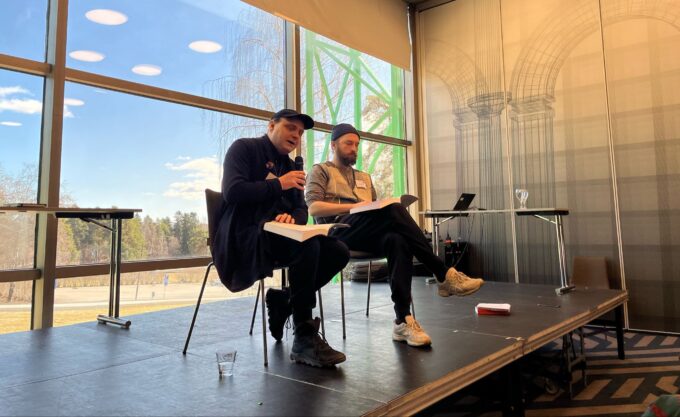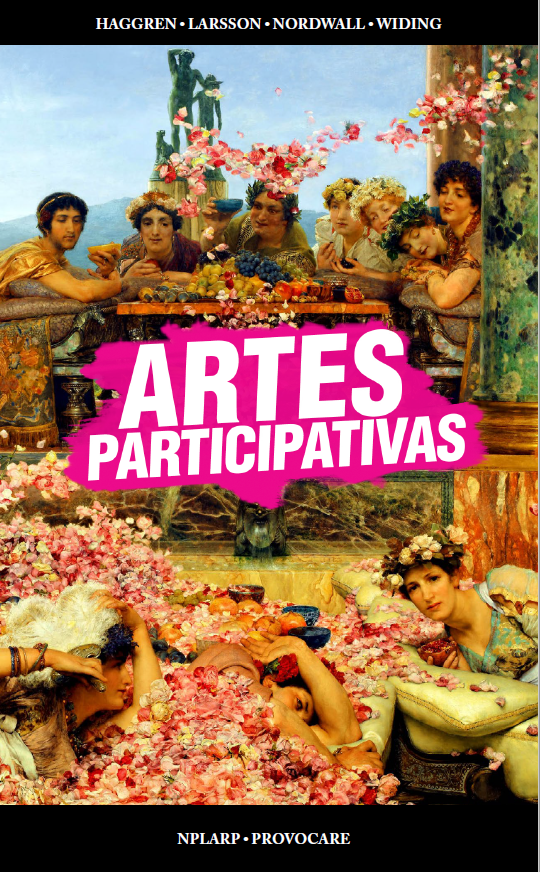Tag: Andrea Nordwall
-

Against design published in the larp anthology Liminal Encounters
The annual Nordic live action role-play conference Knutpunkt/Solmukohta usually comes with an anthology on different aspects of larp. This year’s title was LIMINAL ENCOUNTERS: Evolving Discourse in Nordic and Nordic-inspired Larp and it was edited by Kaisa Kangas and her team. There are many good contributions to this year’s book. I can specifically recommend “The…
-

Artes Participativas
A Portuguese/Brazilian translation of Deltagarkultur has dropped in the shape of Artes Participativas. Thank you Tadeu Rodrigues Iuama for translating it and to Luiz Falcão for a proper re-enactment of the original shape and form. It is published by NpLarp and Editora Provocare. The book was written 2008 by Kristoffer Haggren, Elge Larsson and Andrea…